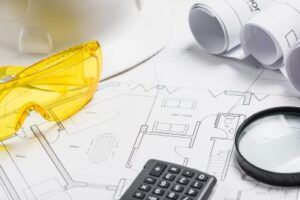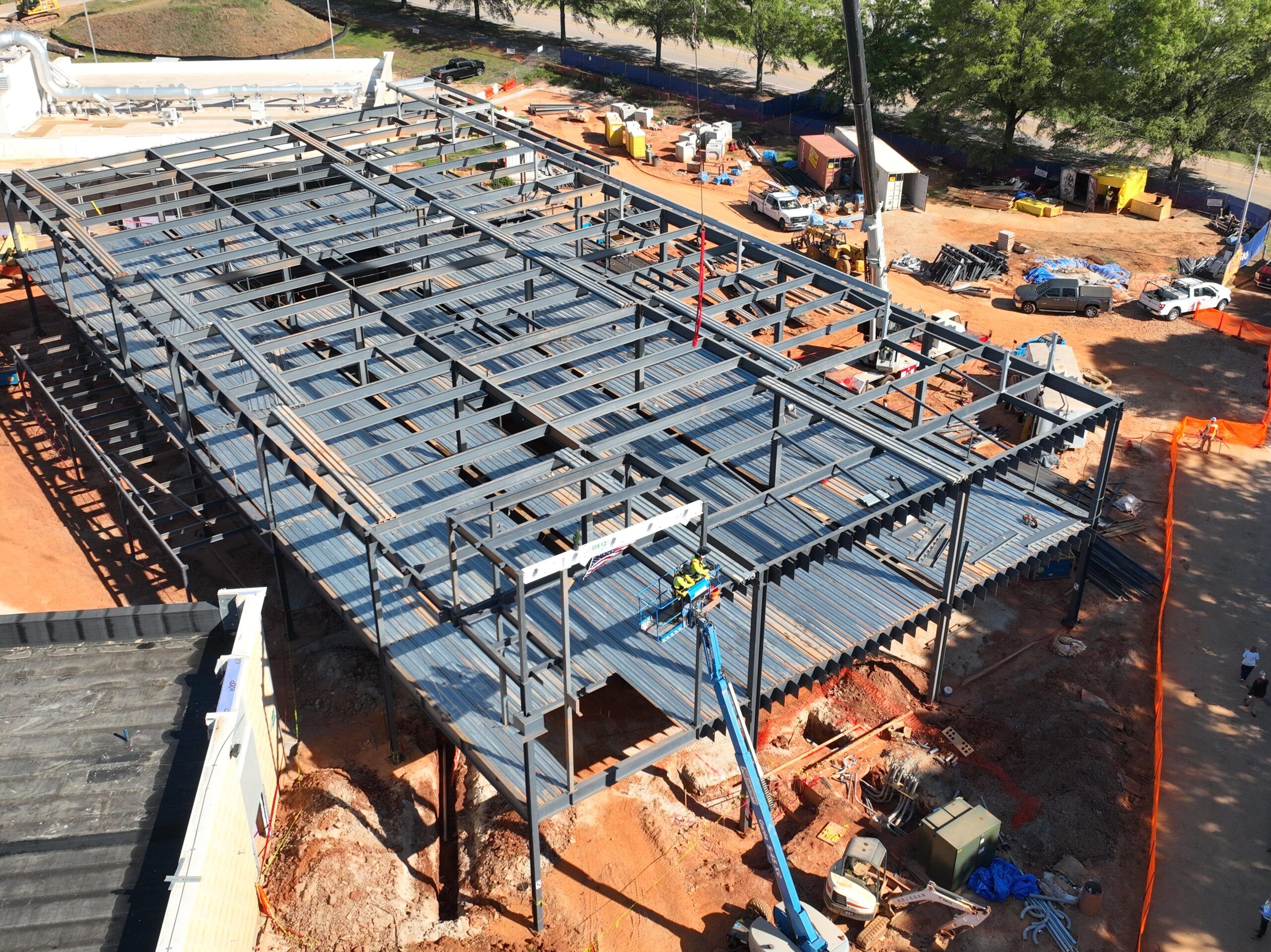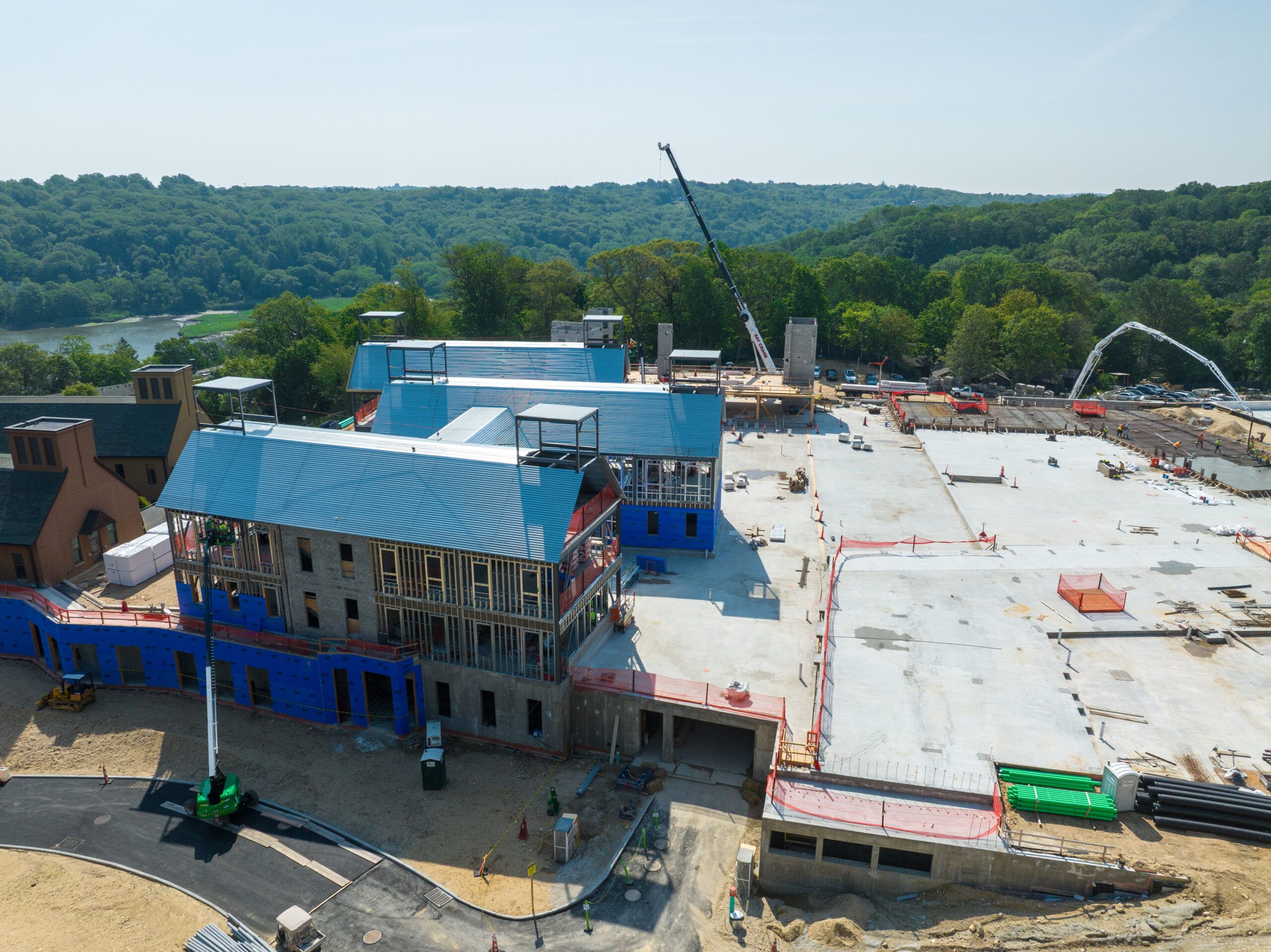In commercial construction, mechanical, Electrical, and Plumbing (MEP) systems are one of the most complex yet crucial aspects of project planning. These three systems form the basis of any modern building, offering functionality, energy efficiency, and compliance with industry standards.
For contractors, an accurate MEP cost reduction is vital to avoid budget overruns, secure competitive bids, and ensure smooth project execution. However, because MEP systems involve intricate design considerations and fluctuating material costs, miscalculations can result in costly rework and project delays.
This post will walk you through the essential aspects of MEP costs in new commercial buildings and its system costs. We will also learn how professional services can assist contractors streamline their budgeting process for better financial and operational efficiency.
MEP Systems in Construction Projects
MEP involves calculating the projected expenses for installing and maintaining mechanical, electrical, and plumbing systems within a commercial building. These three disciplines work together to make sure the facility operates efficiently and meets regulatory codes.
There are several elements that impact MEP systems while working on construction projects. These include:
- Material Costs
- Labor Costs
- Project Size & Complexity
- Location-Based Pricing
- Energy Efficiency & Compliance
Now, let’s break down each system and their associated cost aspects.
Mechanical Systems and Their Impact on Building Performance
Mechanical systems, primarily Heating, Ventilation, and Air Conditioning (HVAC), are essential for occupant comfort and energy efficiency. Due to their high upfront costs, misjudging mechanical expenses can significantly impact a project’s budget.
HVAC cost estimation confirms optimized energy consumption while maintaining indoor air quality and temperature control standards.

Image Courtesy of: Mechanical Systems
Electrical Systems and Their Role in Commercial Buildings
Electrical systems are fundamental to every commercial building, powering everything from lighting and security systems to HVAC controls and data centers. Since electrical installations vary widely based on building type and usage, cost estimation requires a tailored approach.
A clear electrical cost estimate allows contractors to determine the right materials and labor investments while following compliance with National Electrical Code (NEC) regulations.
Plumbing Installation System in New House
Plumbing is one of any commercial building project’s most necessary yet complex aspects. A well-designed plumbing system checks water distribution, proper waste management, and health and safety standards compliance. However, estimating plumbing costs can be challenging due to the numerous factors influencing pricing.
The knowledge of components of a plumbing system enables contractors and developers to create budgets plans on how to estimate plumbing costs for new construction to avoid unexpected expenses
Why Contractors Should Outsource Professional Services
MEP cost estimation is a time-intensive and detail-oriented process. Even experienced contractors can struggle with fluctuating material prices, labor shortages, and ever-evolving building codes. This is where qualified cost estimation services provide a strategic advantage.
These services offer contractors a reliable solution to enhance their estimating process and improve project planning, financial forecasting, and bid preparation.
Conclusion
The MEP system is essential for the success of any commercial construction project. Mechanical, electrical, and plumbing systems require careful budgeting for efficiency, compliance, and long-term sustainability.
By leveraging expert cost estimation services, contractors can minimize financial risks, optimize resource allocation, and stay competitive in the construction industry. Every part of the system provides the precision needed to execute projects successfully.
Feature Image Courtesy of: MEP System












